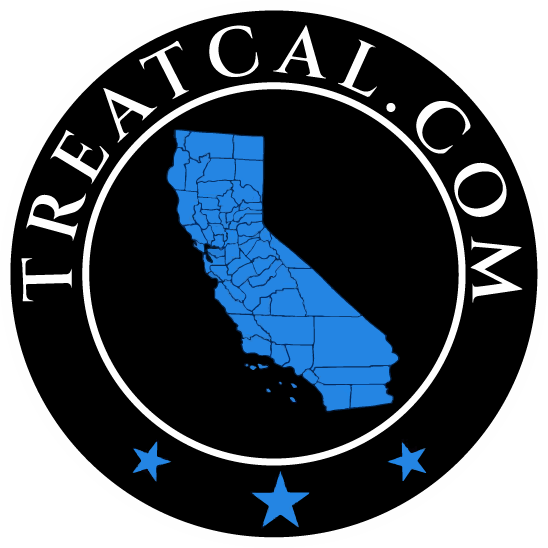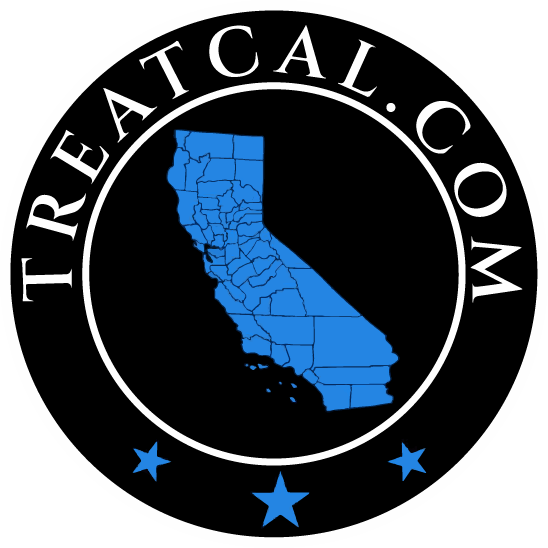In today’s world, the unsettling trend of drug use in teenagers is not just a fleeting concern but a hidden crisis that is proliferating at an alarming rate. Especially in the USA, the robust nature of the drug culture is shaping the lives of young individuals, influencing them in ways we might not always see. Recognizing and addressing this problem requires an in-depth understanding, empathy, and strategic intervention.
What are some typical indicators of drug use in teenagers?
Identifying signs of drug use in teenagers can be quite difficult since adolescents often undergo mood changes as part of their development. Look out for some indicators such, as:
● Sudden Changes in Behavior: If your once-outgoing teen becomes withdrawn or secretive, it could be a red flag. Abrupt changes in friendships, hobbies, and interests can also be indicative of drug use.
● Poor Academic Performance: A noticeable decline in school performance may be linked to drug use. Teens under the influence often struggle with concentration and focus.
● Physical Changes: Bloodshot eyes, unexplained weight loss or gain, and frequent nosebleeds can be signs of drug use. Keep an eye out for sudden changes in appearance.
● Mood Swings: Intense mood swings, irritability, and uncharacteristic anger can be attributed to drug use. Watch for unusual shifts in your teen’s emotional state. ● Lack of Interest in Personal Hygiene: Neglecting personal grooming and hygiene may indicate substance abuse.
How can schools help prevent teen drug abuse?
Schools play a crucial role in preventing teen drug abuse by creating a supportive and educational environment. Here are some strategies schools can adopt:
● Comprehensive Drug Education: Implement evidence-based drug education programs that provide accurate information about the risks and consequences of drug use. ● Counseling Services: Offer counseling services that provide a safe space for students to discuss their concerns and challenges.
● Extracurricular Activities: Engage students in a variety of extracurricular activities to help them develop a sense of belonging and purpose.
● Peer Support Programs: Foster peer support networks that encourage positive behaviors and discourage drug use.
● Collaboration with Families: Schools should maintain open communication with parents and guardians to address any concerns and work together to prevent drug abuse.
5 vital drugs that teens can get affected in addiction
It’s essential to be aware of the specific drugs that can have a profound impact on teenagers. While the list is not exhaustive, five vital drugs to be cautious about include:
● Marijuana: Despite its increasing legalization, marijuana can still have negative effects on adolescent brain development.
● Prescription Drugs: Misusing prescription drugs, such as opioids and stimulants, is a growing concern among teens.
● Alcohol: Easily accessible and often glamorized in media, alcohol abuse can have serious consequences for teens’ physical and mental health.
● Synthetic Drugs: Substances like synthetic marijuana and designer drugs are particularly dangerous due to their unpredictable effects.
● Inhalants: Teens might experiment with household products, like aerosol sprays, which can cause severe harm.
How to prevent teens from using drugs?
To curb the likelihood of my teenager using drugs I believe it is essential to focus on honest communication providing them with education, on the subject matter and creating a supportive environment where they feel understood and valued:
● Open Dialogue: Create an environment where your teen feels comfortable discussing their concerns and experiences without fear of judgment.
● Educate: Provide accurate information about the risks and consequences of drug use. Keep the conversation ongoing as new substances emerge.
● Set Boundaries: Establish clear rules and consequences regarding substance use, and consistently enforce them.
● Be a Role Model: Model healthy behaviors and coping mechanisms for managing stress and challenges.
● Encourage Positive Activities: Engage your teen in activities they are passionate about, fostering a sense of purpose and belonging.
Debunking 5 Common Misconceptions About Drug Addiction
Misunderstandings and false beliefs regarding addiction have the potential to impede our comprehension and hinder our ability to tackle it efficiently. In this segment we will. Dispel five myths associated with drug addiction shining a light, on the truths and intricacies that encompass this urgent issue.
● Misconception: Teen Drug Addiction is a Phase
Some may believe that experimentation with drugs during adolescence is a passing phase and not a cause for concern. However, evidence shows that early drug use can lead to addiction due to the developing brain’s vulnerability. Treating teen drug use casually can allow addiction to take root, emphasizing the need for early intervention and support.
● Misconception: Teens Use Drugs to Rebel
Assuming that teens use drugs solely as an act of rebellion oversimplifies the issue. While some teens might experiment due to peer pressure or curiosity, many factors contribute to drug use, including stress, mental health challenges, and a lack of coping skills. Addressing the underlying causes of drug use is essential for effective prevention and treatment.
● Misconception: It’s Easy to Spot Teen Drug Use
Parents and guardians might think that detecting drug use in their teens is straightforward. However, today’s teens are adept at hiding their behaviors, and many signs of drug use can be mistaken for typical teenage behavior. Close observation, open communication, and staying informed about the latest trends in substance abuse are vital for early detection.
● Misconception: Addiction Only Happens with Hard Drugs
Believing that only “hard” drugs like cocaine or heroin lead to addiction overlooks the risks associated with other substances. Prescription medications, over-the-counter drugs, and even marijuana can lead to addiction in susceptible individuals. The potency of certain drugs and the developing teenage brain can make even seemingly mild substances highly addictive.
● Misconception: Teen Addiction is a Result of Bad Parenting
Blaming parents for their teen’s addiction is not only unfair but also counterproductive. While a supportive family environment is crucial, addiction can develop due to a complex interplay of genetic, environmental, and social factors. Blaming parents oversimplifies the issue and fails to address the systemic challenges contributing to teen drug addiction.
Conclusion
In conclusion it is crucial to not identify the symptoms but also comprehend the emotional and psychological influences that lead teenagers towards the perilous journey of drug use. Tackling this crisis necessitates an endeavor involving families, educational institutions, communities and policymakers. By working we can shape a future where our teenagers are not engulfed in this struggle but instead empowered to live wholesome and satisfying lives.


